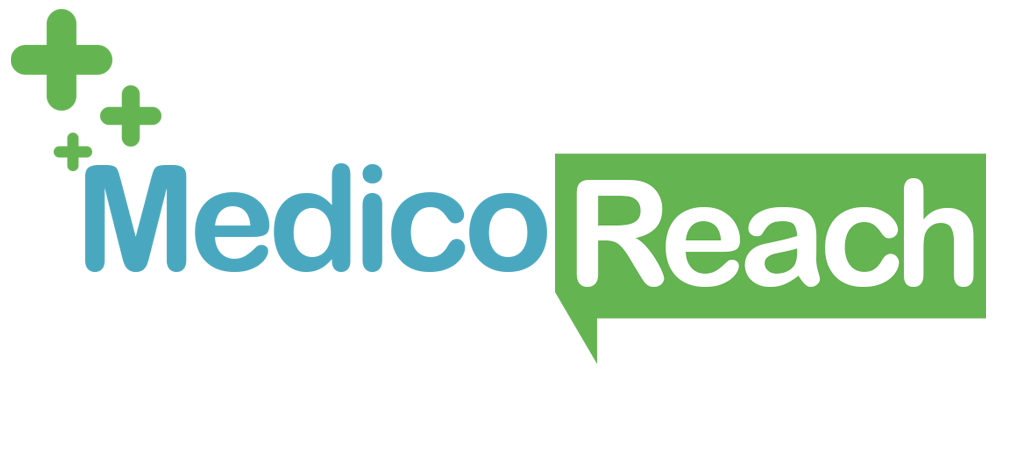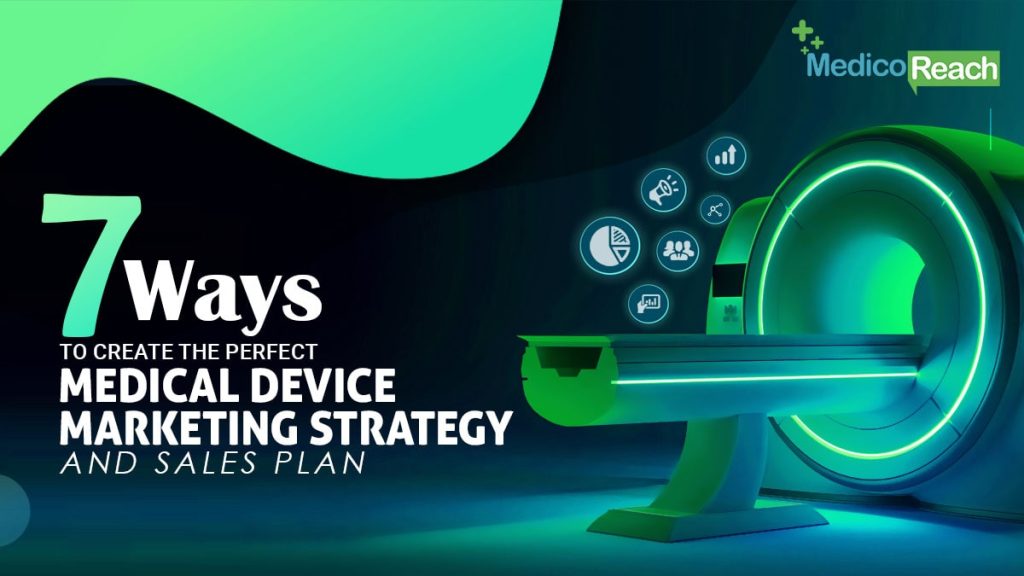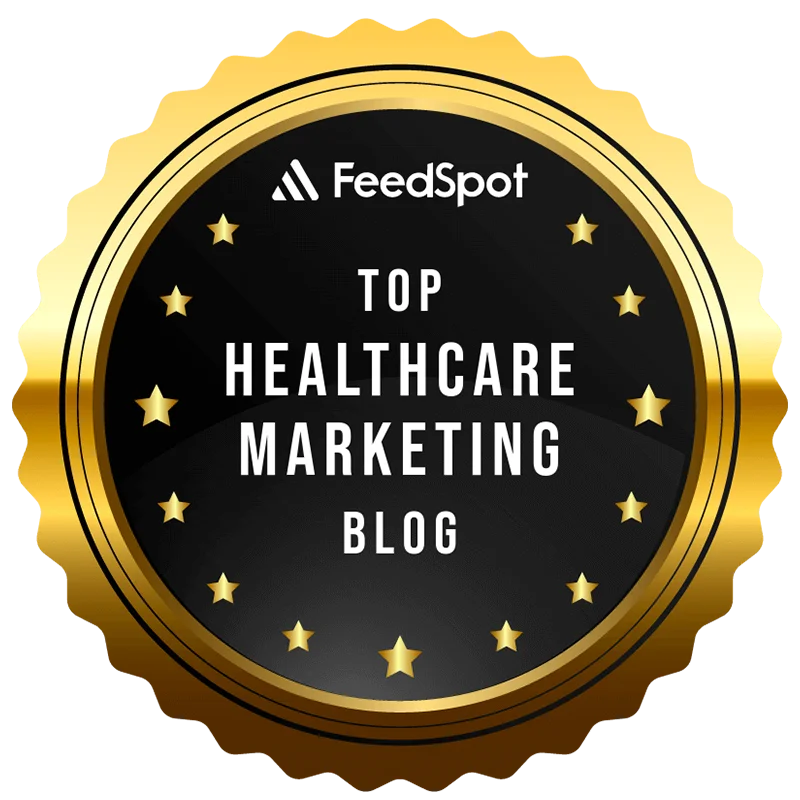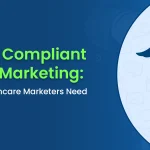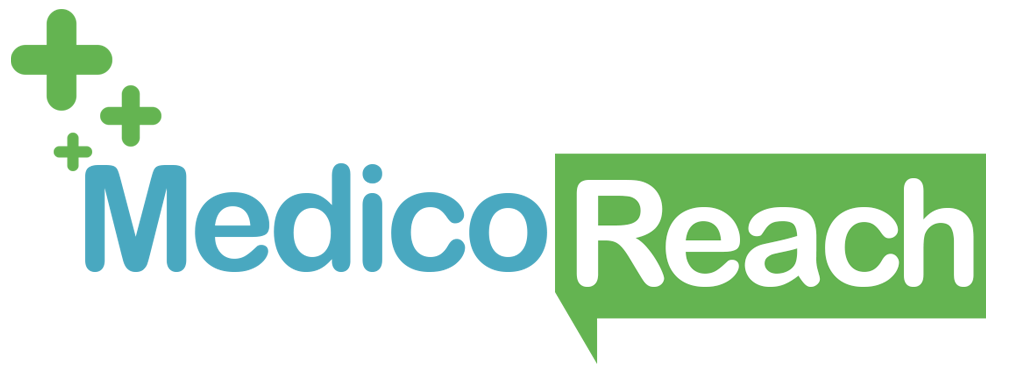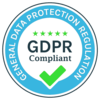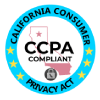In the 21st century, with the advent of various marketing tactics, it can be rather overwhelming to draw up an effective marketing strategy. It’s an even more complicated space for the medical device market. After all, the medical devices industry has to tread the fine line between compliance and effectiveness.
Therefore, drawing up a medical device marketing strategy can often become a hassle. The clash between selling in a traditional market using modern marketing tactics can be extremely tricky. Nevertheless, it isn’t impossible.
And given that it’s a $495 billion industry, every B2B seller deserves their rightful share of it. So, here are the 7 most effective ways to develop the best medical device marketing strategy for your organization.
Establish your Marketing Goals

Define your goals for the B2B medical device marketing strategy. Also, indicate when you anticipate observing a return on investment (ROI). Furthermore, ensure that your objectives are precise, measurable, attainable, relevant, and timely. Some of the key performance indicators or KPIs may include:
- Conversion of leads to customers
- Rate of visitor-to-lead conversion
- The number of inbound leads
- Web traffic sources
- Website visitors
Further, several ROI measurement tools, such as Google Analytics and HubSpot, make this tedious task far easier. These tools comprehensively look at the best analytics on a unified platform.
Create a Buyer Persona

Before even marketing your products or services, you must first determine your target market. It is imperative to determine their requirements and what type of message would appeal to them. Hence, the first stage in developing a B2B medical device marketing strategy is to define your Buyer Personas. Constructing buyer personas is the process of creating imagined caricatures of your ideal consumer. In the medical field, for example, it might be a physician in a hospital or a general clinician. These buyer personas establish the advertising framework for the equipment’s sale.
Focus on Brand Building
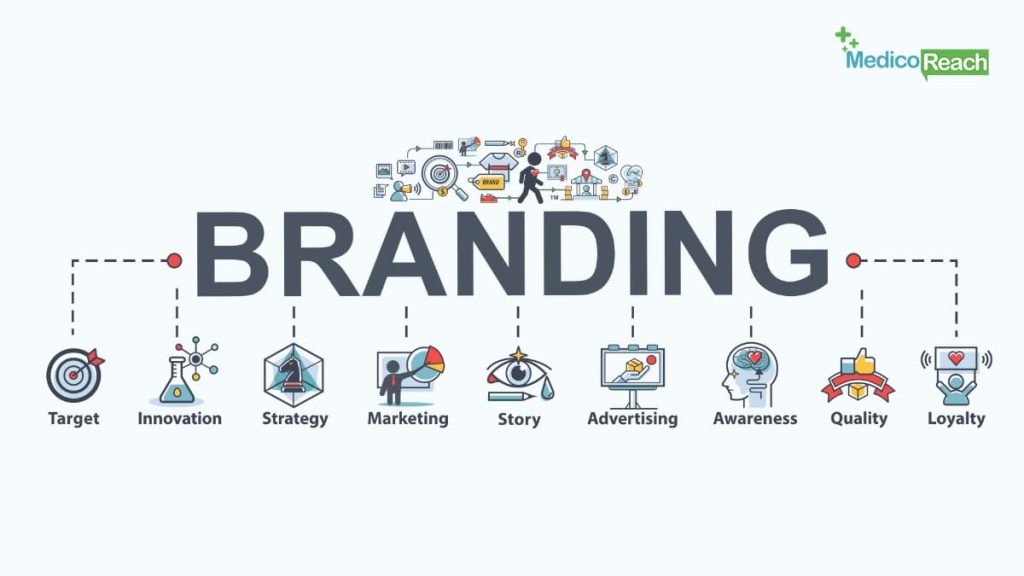
A strong brand message can propel your company to new heights. Poor branding decisions, on the other hand, may be disastrous. Thus, your brand should radiate expertise, trust, and dependability.
The medical business, especially, demands total precision and dependability. Every element of the medical device marketing strategy should consistently complement the brand message. Otherwise, you risk misleading your clients. And in a competitive industry like that of medical devices, this is not an option. Moreover, emphasize how the brand message makes the customer feel instead of focusing on the product or service. Remember to speak to your customers and ditch the formal language.
Expand your Blog Content Offerings
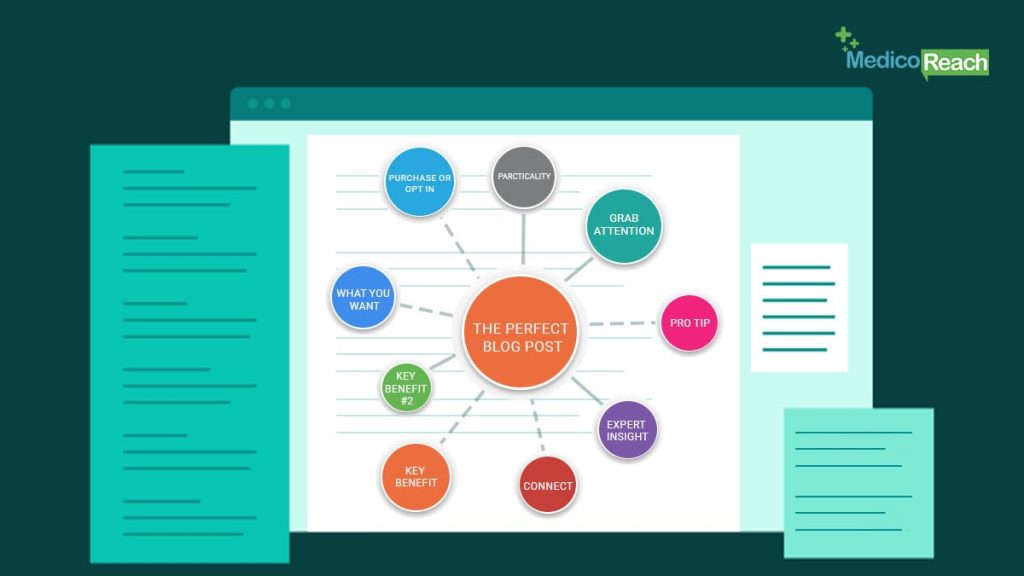
Medical device manufacturers could lose out on a massive chunk of their potential audience if their marketing toolkit lacks an informative website. In fact, over 80% of healthcare organizations engage in content marketing.
Thus, a website is no longer the only requirement in today’s world. Potential purchasers notice if the website provides them with the information they require. This is because a motivated consumer will revisit the site as they progress through the buyer’s journey. Hence, expanding your content offerings on the website is vital, especially blogs that can help an individual through their buyer’s journey. The website should also use keywords to help rank higher on SERPs, allowing the organization to close more deals owing to the high customer engagement.
Embrace Email Marketing
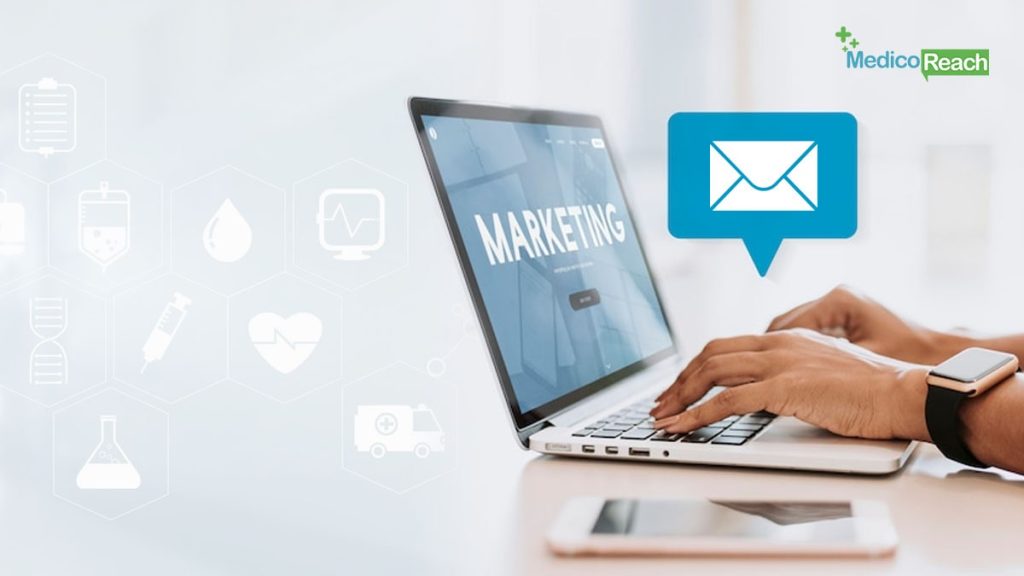
Emails are especially important in medical sales since prospective clients are often busy. Physicians, surgeons, hospitals, and clinics are usually occupied throughout the day and have little time to talk to sales personnel. Emails are a Godsend in this situation. They help to connect with prospective customers and sell your medical device to them at a more relaxed time of their day. The prospects can then read the email during their spare time, think about it, and come back to you at a more convenient time for them.
Develop a Firm Social Media Presence
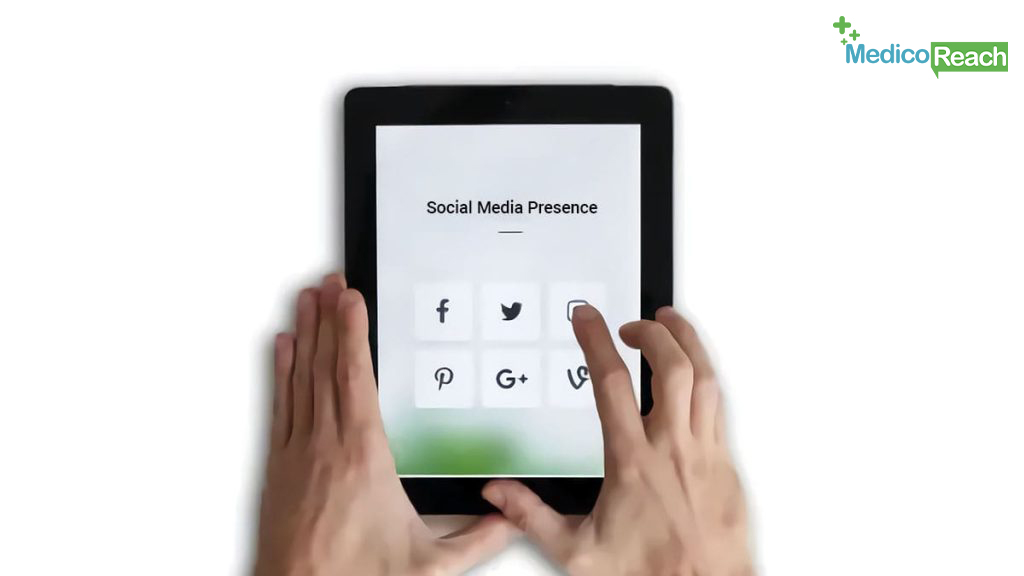
An effective social media strategy allows a company to engage its audience with its content. This increases the possibility of converting them into prospects.
However, ensure that each piece of social media content has a clear objective. It might just result in more engagement for the material.
Moreover, share well-researched and relevant material that addresses your target market’s challenges. This could be through images, curated content, video snippets, and short-form content.
Pro tip: For even better engagement, remember to share, like, and comment on your followers’ posts!
Consider Networking Through Events and Seminars
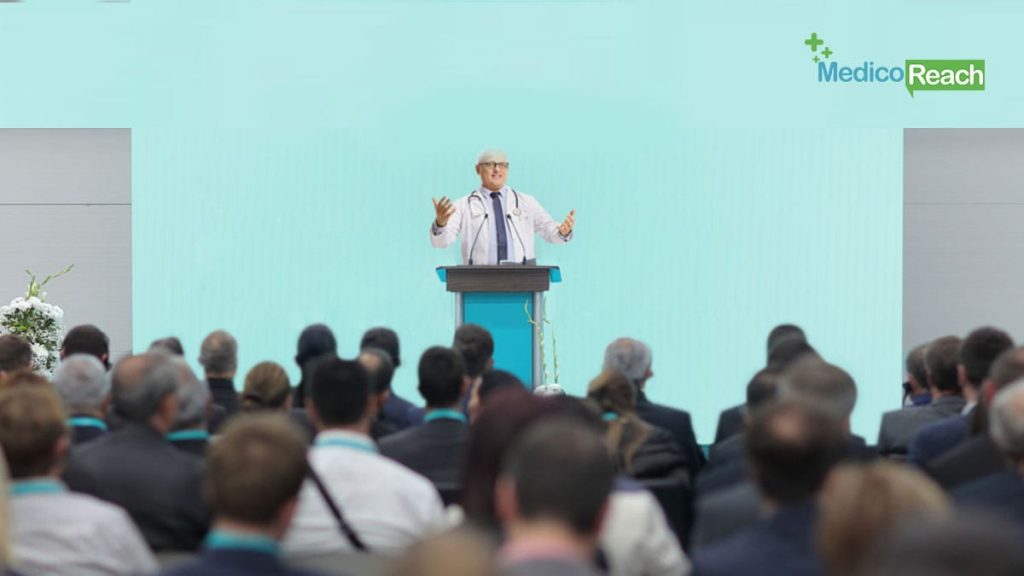
Product launches, seminars, and business get-together are excellent places to develop key industry relationships.
B2B marketing teams must network with stakeholders such as hospital managers in addition to direct consumers such as physicians or surgeons. These stakeholders have a say in whether or not your items are purchased.
Participate in events that attract these folks regularly. You may also engage with them through social media or by organizing free staff training events that will benefit their healthcare practice.
Wrapping Up
Coming up with a medical device marketing strategy is a complex challenge. There is absolutely no doubt about that. It is a niche market in an industry that has very little time for actual sales communication.
Hence, it is a prerequisite to allow people their time to come back to make their own decisions. In this scenario, it is imperative to focus on channels such as expanding website blog content, adopting email marketing, and creating a better social media presence to attract prospects.
An organization should consider growing its network through in-person events like seminars. Nevertheless, firms should prioritize establishing goals and KPIs, creating buyer personas, and brand building over everything else. Otherwise, chances are that none of the marketing channels will be as effective.
